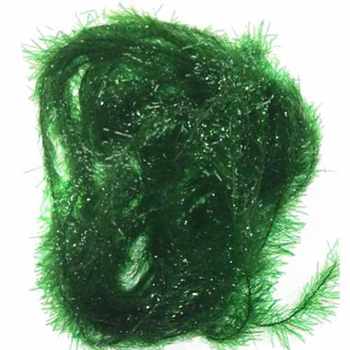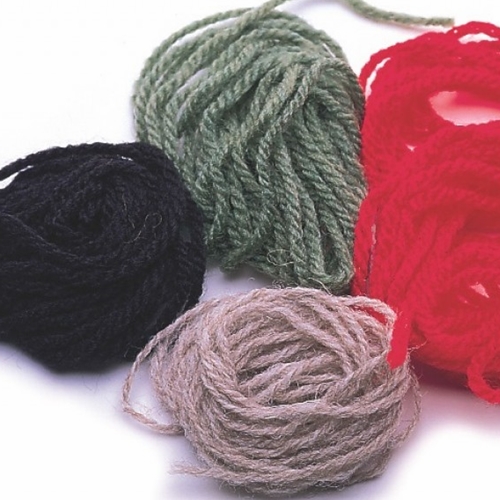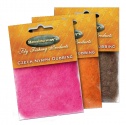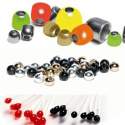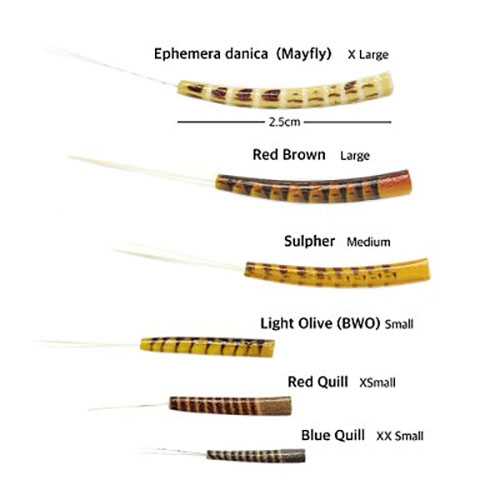Fly Fishing Tackle: Hook Styles
- Fly tying hook comparison chart - compare models from different manufacturers
- Information about hook sizes
- What are the different types of hook styles?
 As we mentioned before, the hooks in your fly fishing tackle come in a wide variety of sizes. Styles vary, too, depending on the kind of fishing you want to do. Some have a wide gap between point and shaft, for example. That makes it easier to use a thick plastic worm and still have a gap for the bait to fill when you set the hook on a fish. Others have barbs, special bends, or wire coils with which to fasten plastic worms or prepared bait. They come in different weights of wire, depending on the heaviness of the fish you’re after.
As we mentioned before, the hooks in your fly fishing tackle come in a wide variety of sizes. Styles vary, too, depending on the kind of fishing you want to do. Some have a wide gap between point and shaft, for example. That makes it easier to use a thick plastic worm and still have a gap for the bait to fill when you set the hook on a fish. Others have barbs, special bends, or wire coils with which to fasten plastic worms or prepared bait. They come in different weights of wire, depending on the heaviness of the fish you’re after.
Here are a few of the styles:
- Aberdeen hook. Used in freshwater, such as in live-bait fishing for bream and bass. It has a round-bend light wire hook with a slightly turned-in point.
- A Bait Holder hook has either barbs on the shaft or a small spring attached to it to help hold prepared bait.
- Egg Hook. Short-shanked, with a wide gap, used for fishing with salmon eggs, dough balls and other prepared bait.
- Offset Shank. Has an L-shaped bend, mainly for holding plastic worms.
- O'Shaugnessy Hook. The strong round-bend hook is handy for fishing live bait in saltwater.
- Sproat Hook. Has stronger parabolic rather than a round bend.
- Weedless Hook. Its wire or plastic weed guard runs from the eye to the point to keep it from snagging in weeds or debris.
Most hooks have a barb below the point which keeps it place once it’s in the fish's mouth. Be aware, though that some waters have rules requiring the use of barbless hooks. To make a hook barbless simply squash the barbs flat with a pair of pliers. More on hooks for your fly fishing tackle later.





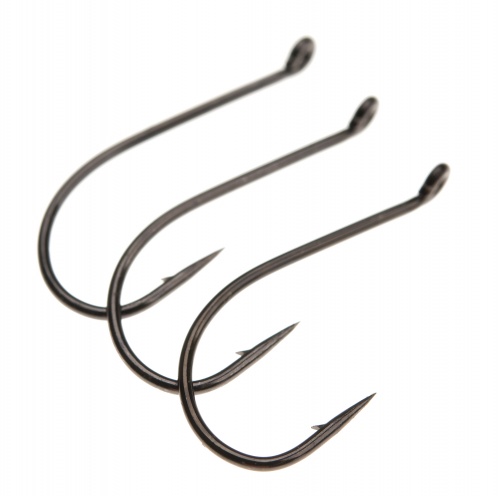
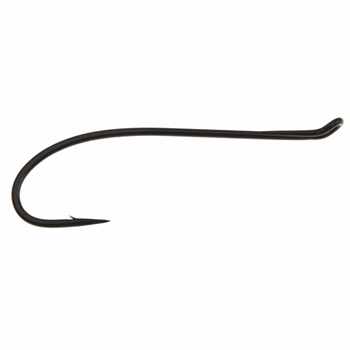
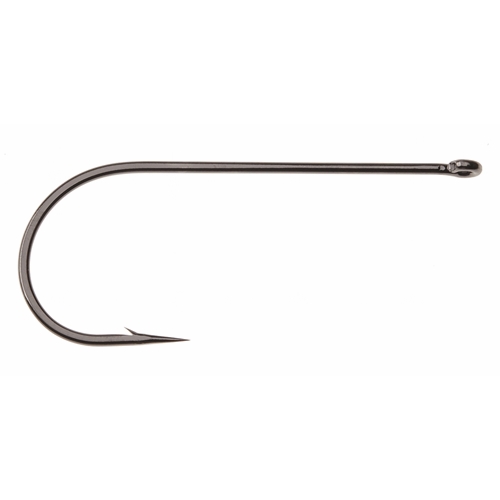
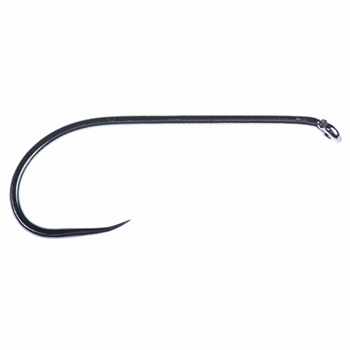
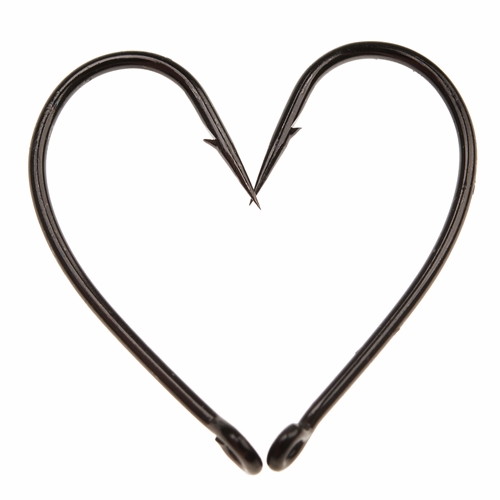



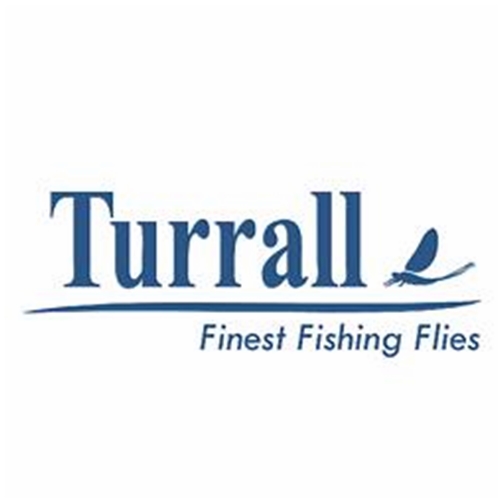

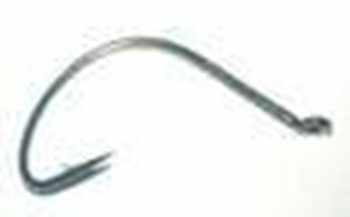
.jpg)



